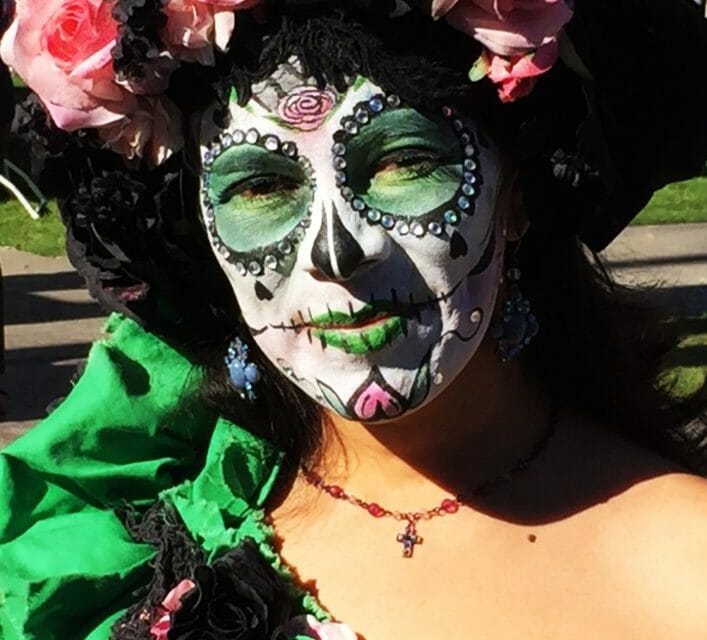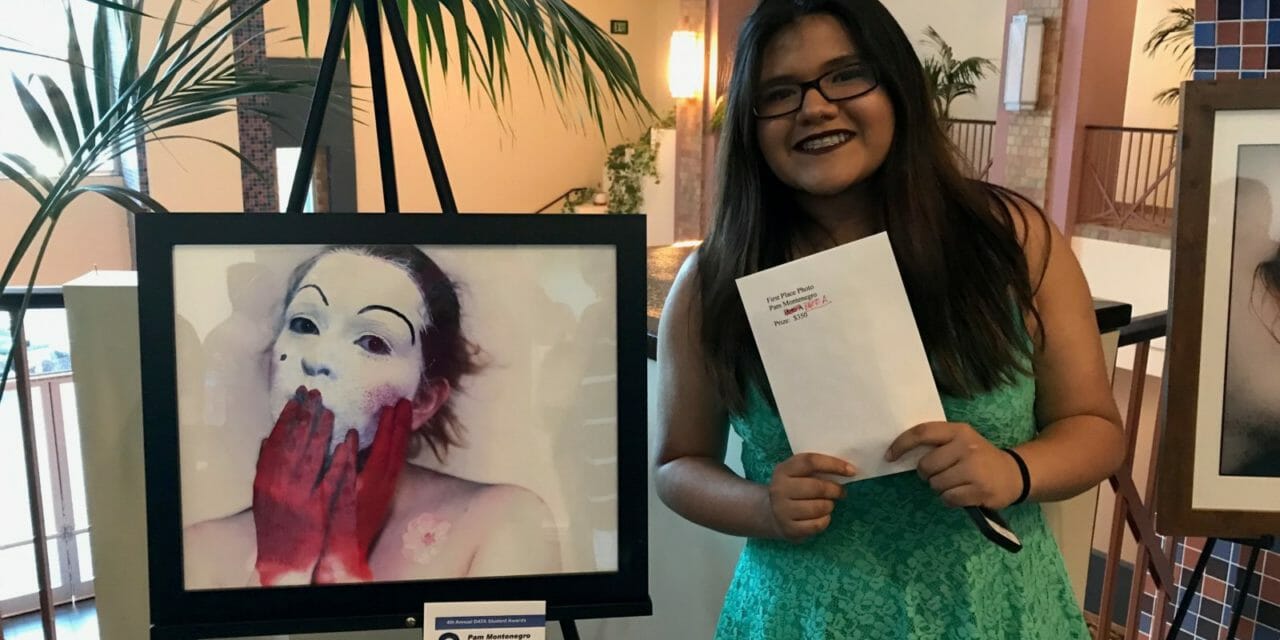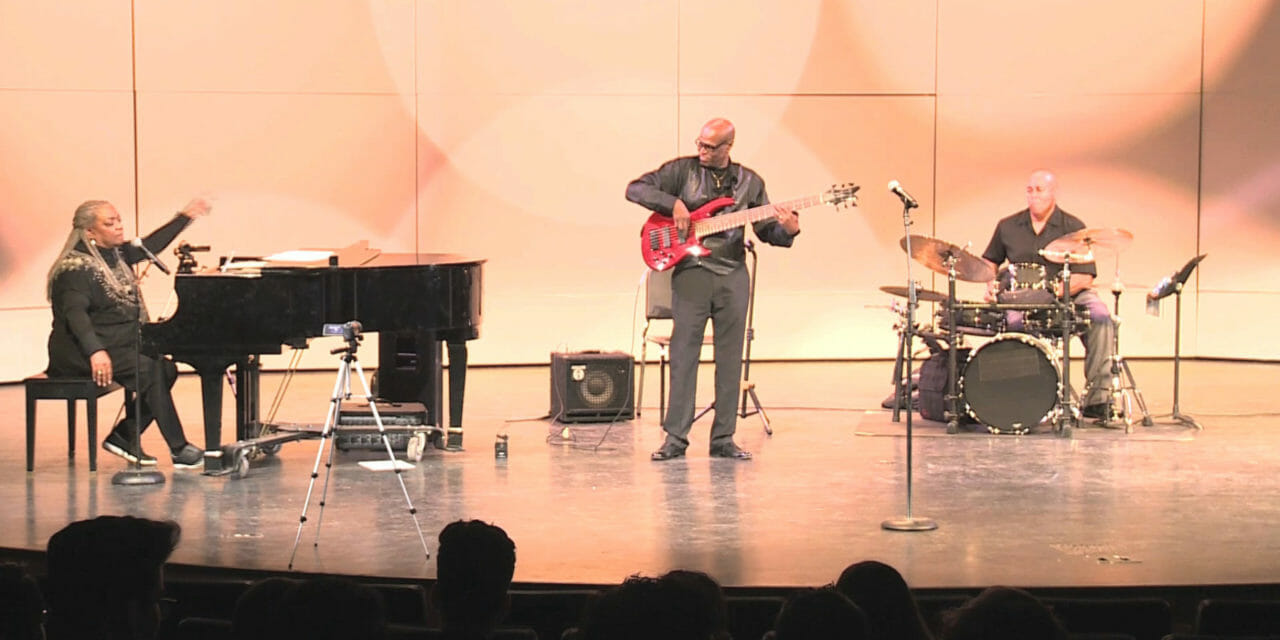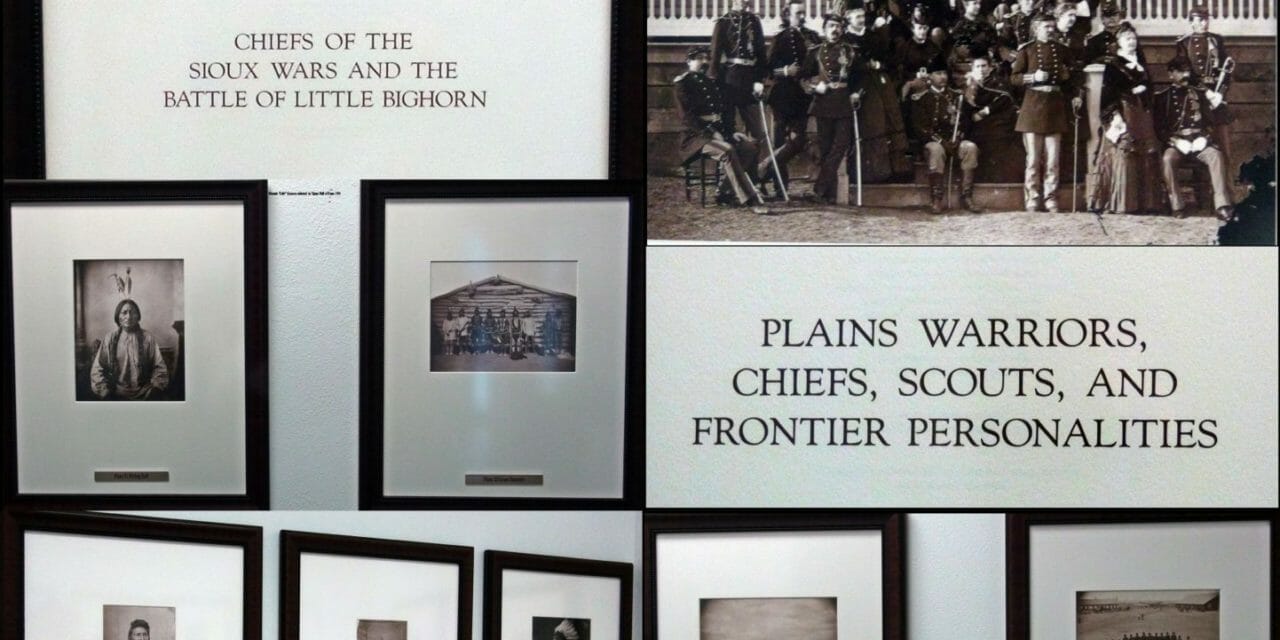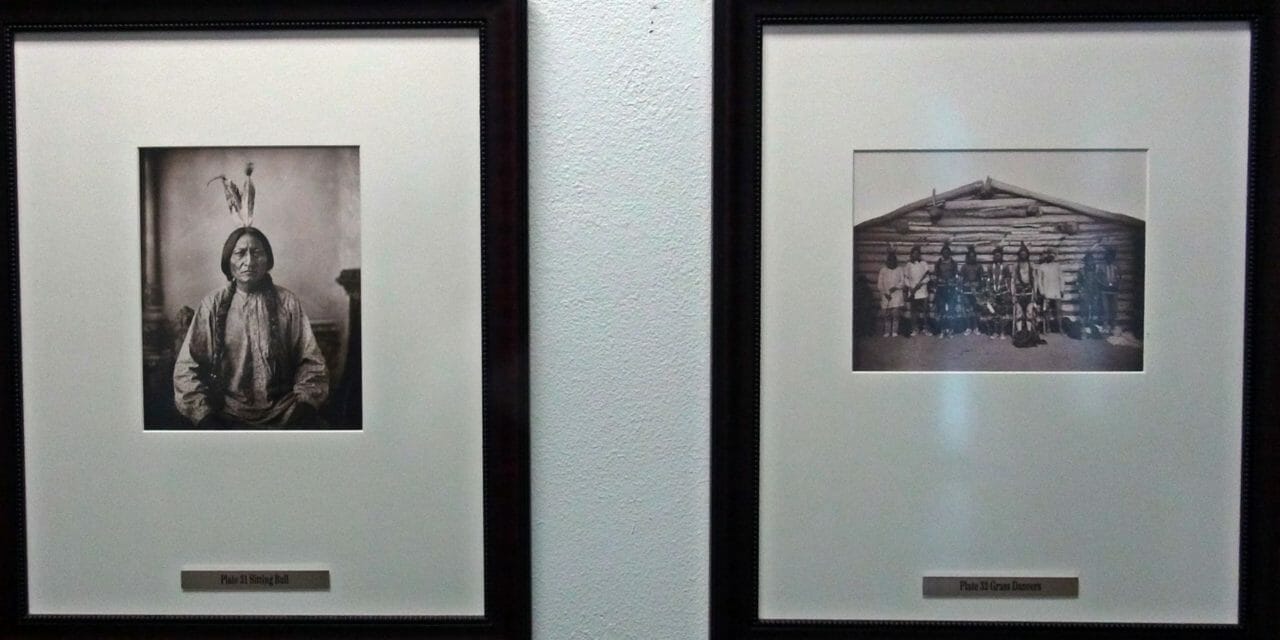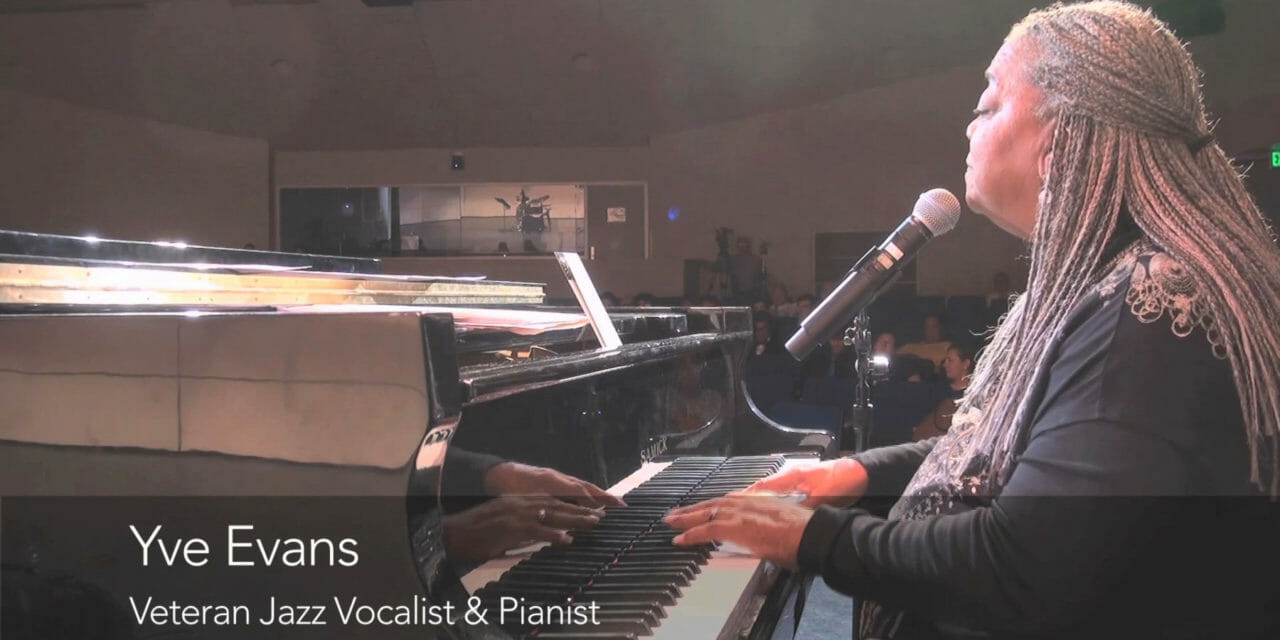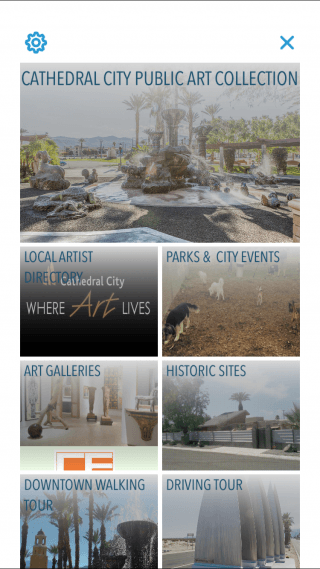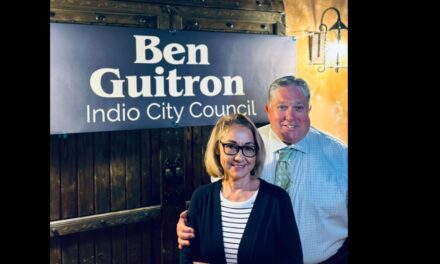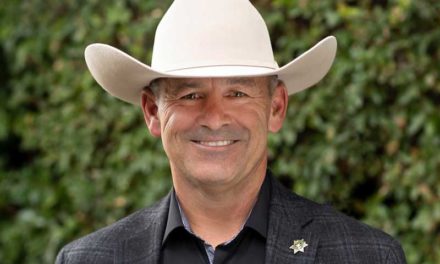Cathedral City Increases Funding for the Arts
CATHEDRAL CITY – Arts programs are an essential part of this community’s fabric. To underscore this premise, the City Council is poised to increase from 10 percent to 30 percent the percentage of money it sets aside from commercial developers for Art in Public Places.
The City Council on April 11 voted unanimously for an amendment to the current Art in Public Places ordinance during its introduction and first reading to increase funding. The City Council is set to approve second reading and adoption today, Wednesday, April 25.
“We believe the arts are a vital part of a young person’s education,” Mayor Pro Tem Greg Pettis told Uken Report. “With cutbacks from school districts, arts education is always the first program targeted. This change does not increase the fee, the allocation. We can now expand our programs to theaters arts, visual arts and digital arts.”
The public value of the arts has been a topic of debate since the culture wars of the early 1990s. Today’s prevailing view is that the arts have public value because they promote broad social and economic goals, such as economic growth and better academic performance, according to a research project cited by the Rand Corporation.
Heather Bray, a Cathedral City resident, takes umbrage with the increase and told Uken Report the City Council should not approve it.
“It’s more than likely that it’ll just be used to foot their pet rojects/hobbies,” Bray said. “Even by their own description, funding art education isn’t a part of what they’re supposed do. There are multiple ways for kids to learn more about art, if they are so inclined, and there are programs that the city already helps fund, like (The) S.C.R.A.P. (Gallery). In the meantime, places like the BMX Park and the ice skating rink are disappearing and nothing similar is coming in to replace them. I think the city needs to focus more on what residents need, and less time on ridiculous things like the caviar festival. When I was a kid, we wanted to go outside and play, ride our bikes, explore, and stuff like that. The closest park to me here is that park next to the library, but there’s no way I’d ride a bike there.”
One of the City Council’s goals this year is to join the Sister City International organization, form a local committee and consider additional Sister City opportunities. Bray said if that happens, the Sister City program is all about arts, culture, education, kids and community. “The (Public Arts Commission) should stick to what they’re there for, acquiring artwork for the whole community to enjoy.”
The Art in Public Places fund does not come from taxes. When commercial or industrial development occurs in the city, the developer pays a fee equal to 1 percent of the value of the project. Developers also have the option of placing a piece of art in the city of a value equivalent to what the fee would have been, subject to the approval of the Arts Commission, according to City Manager Charlie McClendon. Historically, most developers have chosen to pay the fee, instead of purchasing an art piece themselves. That is where the money in the fund has come from.
Residential development does not pay the Art in Public Places fee.
Some examples of educational programs the Arts Commission provides to the community includes:
• The Digital Arts Technology Academy Photo and Video Competition for Cathedral City High School students
• The Mary Pickford Theatre Film Series – Youth Film Program
• The Cathedral City High School Stardust Arts Expo
• The Sioux Wars Indian Photo Exhibit in the Community Art Gallery at City Hall
• The Latino Cultural Arts Show in the Community Art Gallery at City Hall
• The Chalk Arts Festival – Youth Art Program
• The Coachella Valley Repertory drama class for Cathedral City High School students
• Dia de Los Muertos – Youth Art Program
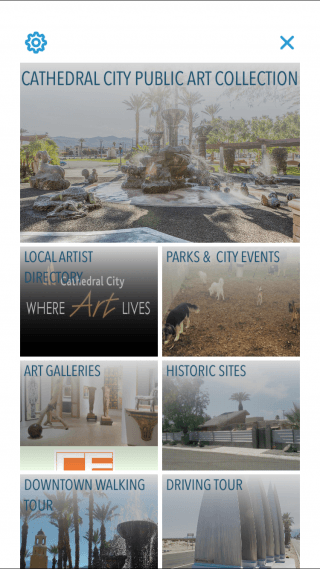
Tour Buddy Art App
One more example is the Tour Buddy art app, which allows the public to locate and learn about the entire City art collection
Most of the programs were developed for the youth in the community. Additionally, the two exhibits at the art gallery were open to the entire community and the Tour Buddy art app is free for everyone.
The increase from 10 percent to 30 percent will not increase the amount of the fee paid by developers, nor will it increase the amount of funds available to the Arts Commission, according to McClendon. Instead, it will allow more of the money to be used for education programming.
There will still be adequate funds available to properly maintain the art collection already on display throughout the community and acquire new pieces, according to McClendon. There is no requirement that the full 30 percent be spent each year. Unspent money will remain in the Art Fund.
The City Council will, in the near future, consider a companion policy resolution, most likely on May 9, that will:
- memorialize a list of allowable uses for the fund,
- formalize existing policy that the City Council approves all program expenditures of greater than $2,500,
- require the development of an annual budget for the educational funds, and
- require periodic reporting to the City Council of all uses of the funds.
“Arts programs add to the exciting mix of quality of life choices available in the community and reflect the commitment of the City Council and Arts Commission to programs for youth in our City,” McClendon said.

